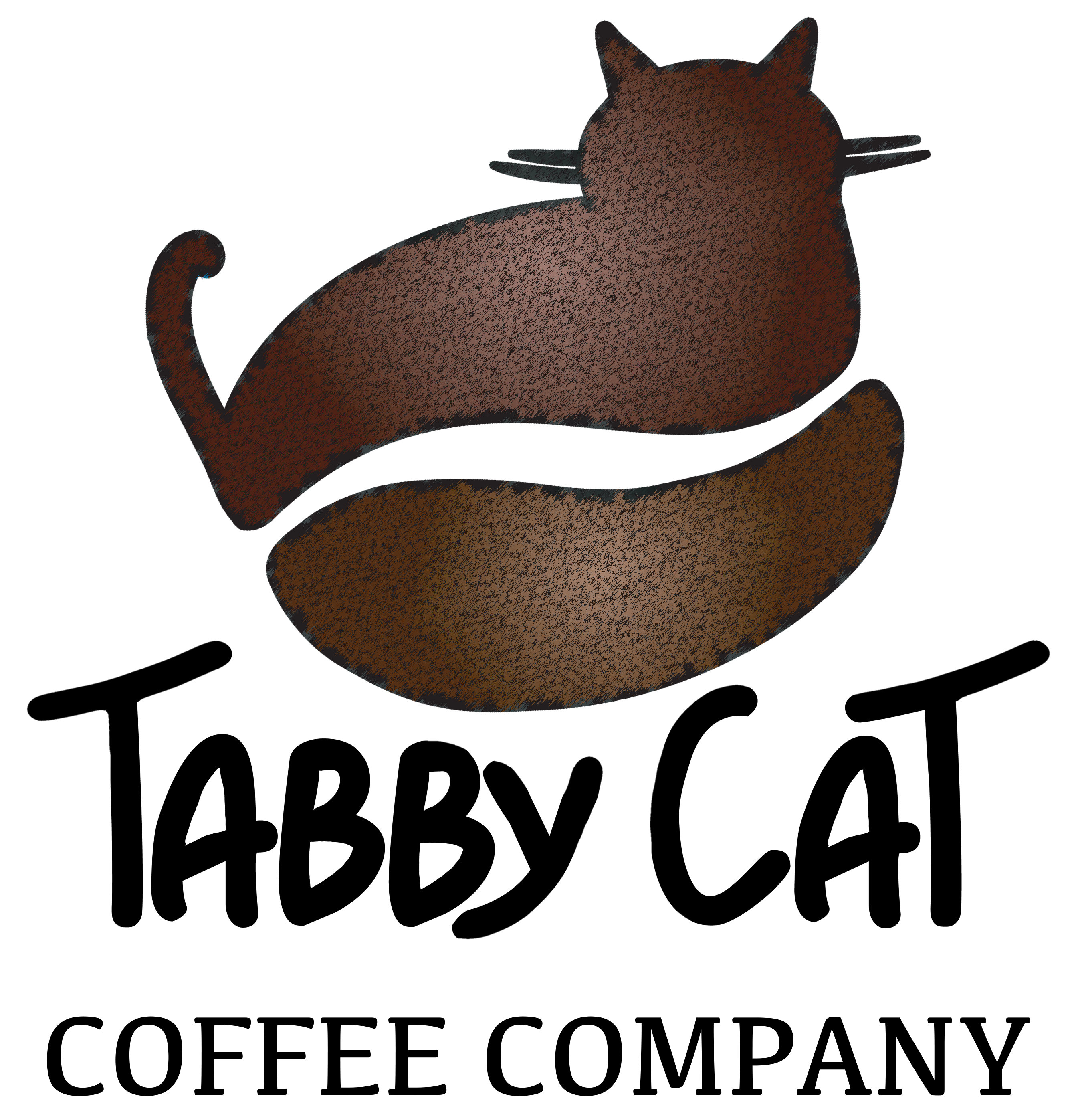Hyperthyroidism is a common disease in cats, and mostly afflicts cats middle-aged and older.
Also called thyrotoxicosis, hyperthyroidism is caused by an increase in production of thyroid hormones (known as T3 and T4) from an enlarged thyroid gland in a cat’s neck. In most cases, enlargement of thyroid glands is caused by a non-cancerous tumor called an adenoma. Some rare cases of hyperthyroid disease are caused by malignant tumors known as thyroid adenocarcinomas. Although the cause of feline hyperthyroidism is not known, possible contributing factors include deficiencies or excesses of certain compounds in the diet and chronic exposure to thyroid-disrupting chemicals in food or the environment.
Thyroid hormones affect nearly all of the organs in the body; therefore, thyroid disease often causes secondary problems.
Clinical Signs
Cats afflicted with hyperthyroidism usually develop a variety of signs that may be subtle at first but that become more severe as the disease progresses. The most common clinical signs of hyperthyroidism are weight loss, increased appetite, and increased thirst and urination. Hyperthyroidism may also cause vomiting, diarrhea, and hyperactivity. The coat of affected cats may appear unkempt, matted, or greasy (see Figure 1).
Diagnosis
A veterinarian who suspects a cat has a thyroid problem will conduct a physical examination and palpate the cat’s neck area to check for an enlarged thyroid gland (see Figure 2). The cat’s heart rate and blood pressure may also be checked. If thyroid disease is a possibility, your veterinarian will likely order a blood chemistry panel and an analysis of thyroid hormone levels. Most cats with hyperthyroidism have elevated levels of the thyroid hormone T4 in their bloodstream, but a small percentage of cats with hyperthyroidism have T4 levels within the normal range. If your cat does not have elevated T4 levels but your veterinarian still suspects your cat has hyperthyroidism, additional tests may be recommended. Since hyperthyroidism can predispose a cat to other conditions, it is important to evaluate general health, with particular focus on the heart and kidneys. A blood chemistry panel and urinalysis will provide information about other organs and provide your veterinarian with an overall picture of your cat’s health.
Treatment
There are four treatment options for feline hyperthyroidism: medication, radioactive iodine therapy, surgery, and dietary therapy. Each treatment option has its advantages and disadvantages. The treatment a cat receives for hyperthyroidism will depend on specific circumstances, including the patient’s overall health status, the owner’s ability and willingness to medicate the cat regularly, and financial considerations. *
* Source Cornell Feline Health
Platelet function in cats with hyperthyroidism
Hyperthyroidism is commonly encountered in geriatric cats and is associated with a myriad of clinical signs including weight loss, cardiac, renal, and hepatic dysfunction, and thromboembolic events. Aortic thromboembolism is encountered in a subset of cats with heart disease, but may be seen in hyperthyroid cats in the absence of structural cardiac changes. This suggests that cats with hyperthyroidism may exist in a hypercoagulable state. In humans with hyperthyroidism, increases in von Willebrand factor, factor VIII, factor IX, and others, combined with increased platelet aggregation, contribute to an increased risk of ischemic stroke. The purpose of this study was to determine if platelet function is altered in cats with hyperthyroidism compared to euthyroid cats.
A prospective, case control observational study design was used including euthyroid cats presenting to a veterinary teaching hospital for preventative care and compared to hyperthyroid cats. Control cats were >8 years old and had normal CBC, biochemistries, TT4, and physical exam findings. Hyperthyroid cats were required to have no concurrent disease and received no medications for two weeks prior to diagnosis. Cats with microscopic platelet clumping were excluded from analysis. Platelet function was assessed using the PFA-100 platelet function analyzer using a combined collagen and ADP cartridge.
Ten control and twenty hyperthyroid cats were recruited. One control cat was excluded due to lack of blood film evaluation. Four hyperthyroid cats were excluded due to platelet clumping. The control group consisted of nine cats, four of which were neutered males and five spayed females. The hyperthyroid group comprised sixteen cats, seven neutered male and nine spayed female. Mean age and body weight were the same between groups. *
Sources
https://everycat.org/cat-health/platelet-function-in-cats-with-hyperthyroidism/
Hyperthyroidism Education Library On EveryCat Health
https://everycat.org/education/cat-health-research-library/?_sf_s=hyperthyroidism






